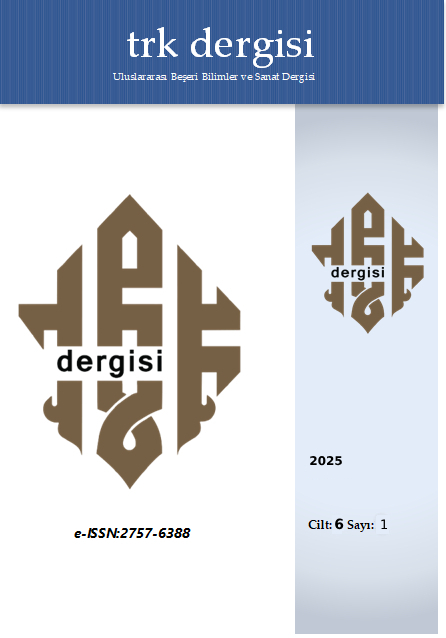An Analysis Essay on Karacaoğlan’s Race
TO BIND THE BLACK OR TO LOVE IT IN ITS OWN WAY
DOI:
https://doi.org/10.5281/zenodo.15756881Keywords:
Aşk, Gurbet, Karacaoğlan, KültürAbstract
This article provides a detailed analysis of a koşma by 17th-century folk poet Karacaoğlan in terms of poetic language, imagery, themes, and cultural background. In the koşma, which consists of four quatrains, themes such as love, longing, separation, loyalty, melancholy, and folk culture come to the forefront, while the poet's personal emotions are elevated to a level of universal sensitivity. Each quatrain conveys a different emotional intensity: the first quatrain deals with the pain of separation and tears; the second with mourning and longing; the third with reproach in the face of potential disloyalty; and the fourth explores the relationship between love and fate, along with the metaphor of death.
The article emphasizes that Karacaoğlan is not only a folk poet but also a cultural transmitter who carries collective memory, based on folk idioms and images found in the poem (such as zülfü perişan, ala gözlüm, kudret kalemi, bade, melil melil, etc.). The expression melil melil is interpreted as a key element that bears the emotional weight of the poem, while metaphors such as the black-white contrast, bade, and kudret kalemi are also examined.
Downloads
Published
How to Cite
Issue
Section
License
Copyright (c) 2025 trk dergisi

This work is licensed under a Creative Commons Attribution 4.0 International License.





